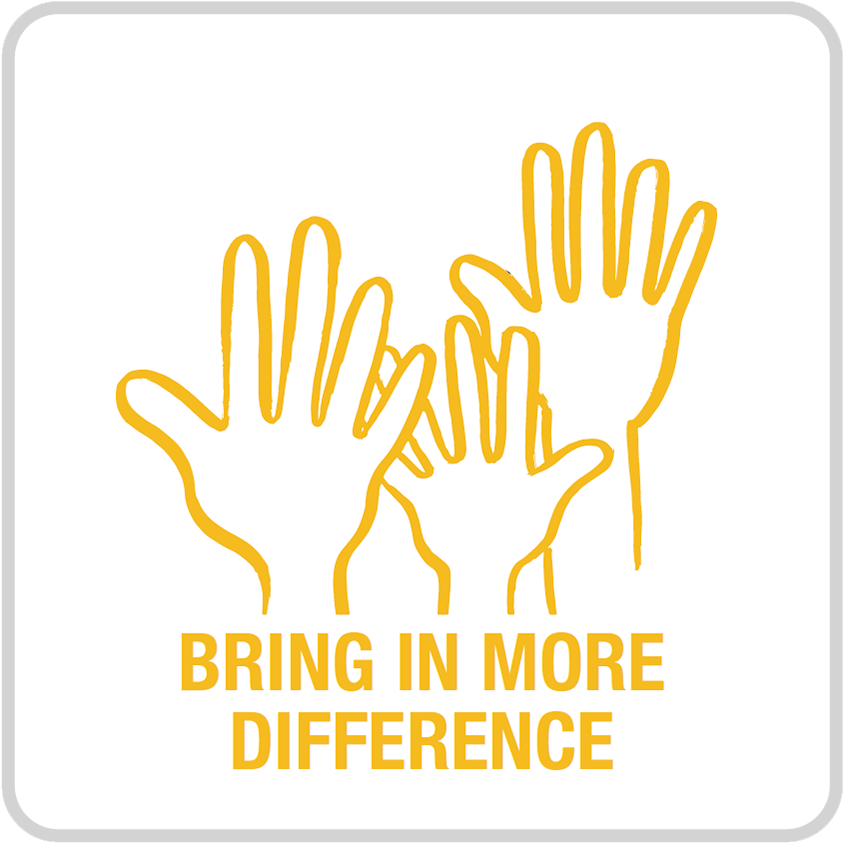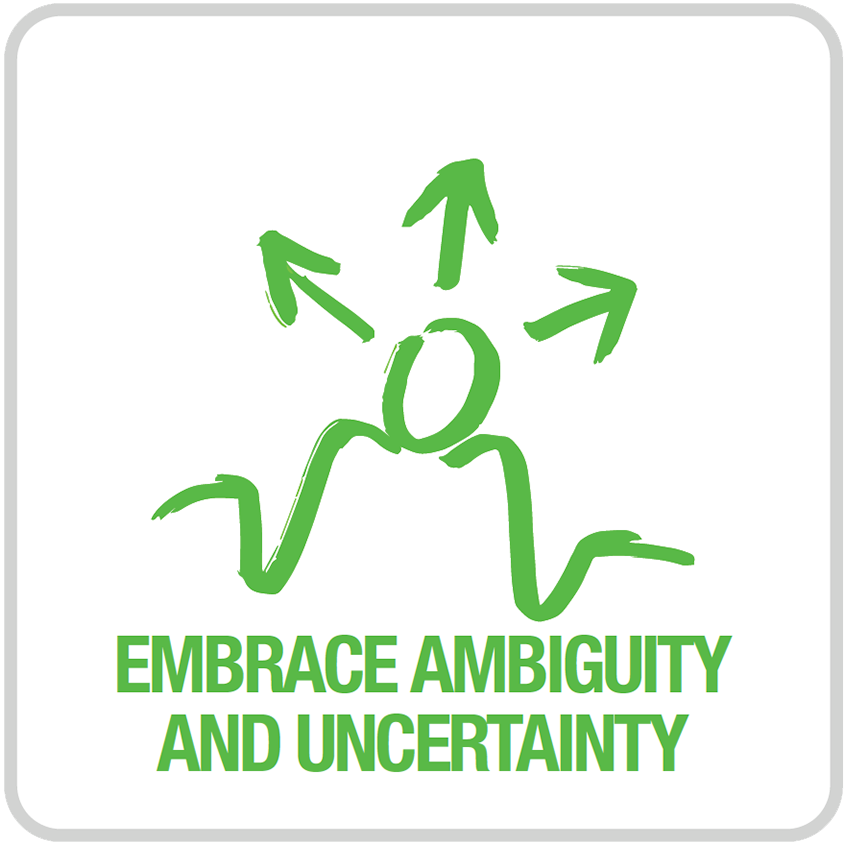These six practices are the foundation of Enspirited Leadership

Many of us want to be in service in these tumultuous times. It is easy for any of us to get overwhelmed. There is so much to do. Which opportunity or challenge do we respond to? I think part of the key is that we do not choose. We are chosen. You must let your calling find you. Calling doesn’t always have to be big — and there doesn’t need to be just one. When we stay open and listen with our whole being, we can hear the whisper of calling. It has to find us. Of course, we have to show up and be present – the other practices here help – but we are not in charge of how or when we are called. When you hear calling, follow it. Start now.

To let our calling find us, we must stop and be still — a big challenge for most of us. For some it is meditation. For others, it is hiking the Pacific Crest Trail. Some find this space in a long, hot bath. The nature of the practice itself doesn’t matter as much as the act of stopping. The act of stilling. It was after the disasters, when I was completely overwhelmed, that this practice help me find my way forward. My climb to the top of the Fushimi Inari mountain shrine, which I mention in Chapter 2 of After Now, was the first time in my life I completely gave myself over to prayer and meditation, and since then it has become an integral part of my life.

Especially when we are working from calling, we must continue to stay connected with a close circle of people who accompany us on our journey. In Japan’s collective culture, this is the easy part. People understand that they need each other, that they are stronger together. This isn’t as true in other parts of the world where people often want to go off on their own and “prove themselves.” We do our work, the work of our lives, best when we stay connected to others, sharing our stories and questions. We can cheer each other on when we feel confused and we can help each other not get lost in our egos. We are stronger, brighter, and better together.

When we do this work of calling — or any work of innovation for that matter, essential learning is available every step of the way. We’re often in too much of a hurry to gather that learning. What’s needed is to chew your experience. Stop, look back at what’s been happening. Chew it. Savor the different flavors — the sweetness and the bitterness. Take in all the aromas. Mash it with your teeth and see what’s essential. It is so easy to get busy and then busier still. But our minds and hearts can only take so much in before we have to stop and take stock — and chew.

When we are creating innovations, we often don’t understand what’s really going on. That’s when it is time to reach out and bring in more difference. It is essential. Interacting with people whose experience and perspectives are different from ours helps us see more of an invisible whole. Holding the tension of differences usually allows something else to emerge. From the very beginning when I introduced this idea in Japan, people would tell me how tricky this was — how they wanted to be with like-minded people because it was just more comfortable. But as we talked, they also easily saw that they needed the questions, perspective and experience of people who saw things differently.

Finally, we must embrace ambiguity and uncertainty. I have spent most of my life thinking that I needed certainty. But I have discovered we need to stay with “what is,” rather than insisting on some sort of false clarity. Studies in neurosciences these days tell us that the brain craves certainty. In our world these days we see countless examples of how people are willing to follow someone who says, “Trust me, I know what to do.” But what’s important is to stay with the ambiguity rather than jump to a dangerous “clarity.” Our world invites us to act with our questions, to stay wide open as we work to create new lives and new communities. It is often not comfortable but it is necessary.
Read the context of these practices in an excerpt from AfterNow (pdf)
Check out more excerpts and additional resources from the book.
